Thinking about eyelid surgery and wondering if it will leave a scar? You’re not alone.
Blepharoplasty (eyelid surgery) is one of the most popular cosmetic procedures today—but like any surgery, it comes with questions about healing and scarring. The good news? Most blepharoplasty scars are minimal, well-hidden in natural eyelid folds, and fade significantly over time.
Still, how you heal depends on more than just the surgery itself. Let’s walk through what to expect, how to support recovery, and what you can do to help your scars fade beautifully.
Will Blepharoplasty Leave a Scar? Yes—but It's Usually Minimal.
Every incision leaves a scar, but the location and care make all the difference. During blepharoplasty, skilled surgeons place incisions along natural creases—like the upper eyelid fold or just below the lash line—making scars nearly invisible once healed.
A 2022 study comparing two common techniques (supra-brow vs. sub-brow blepharoplasty) found that scars were much more noticeable with supra-brow procedures, especially in patients with more pigmented skin. Sub-brow incisions, on the other hand, healed more discreetly and were better tolerated by patients (Qu et al., 2022).
What Does the Healing Timeline Look Like?
While everyone heals a bit differently, here's a general timeline for scar progression:
-
Weeks 1–2: Redness, swelling, and tightness around the incision.
-
Weeks 3–6: Swelling reduces; the scar may look pink or raised.
-
Weeks 6–12: Color starts to fade; skin texture improves.
-
3–6 months: Most scars flatten and fade significantly.
Healing is often slower in older adults. Research has shown that older patients tend to have fewer lymphatic vessels in eyelid tissue, which are crucial for fluid drainage and scar recovery (Nishioka et al., 2024).
Top Tips to Minimize Blepharoplasty Scars
Here’s what you can do to help your scars heal well—and fade fast.
1. Choose an Experienced Surgeon
The best outcomes start before surgery. A board-certified surgeon who specializes in eyelid procedures will place incisions strategically and use advanced closure techniques to promote smooth healing.
2. Follow Aftercare Instructions to the Letter
Cleanse gently, avoid rubbing or stretching the eyelid, and resist the urge to pick at healing skin. Even something as simple as sleeping on your back can make a big difference in early recovery.
3. Avoid Sun Exposure
UV rays can darken scars and slow healing. Protect your eyes with sunglasses and apply sunscreen around the eyelids once cleared by your doctor.
4. Use a Proven Scar Treatment Like Rejuvaskin Scar Gel
A high-quality silicone-based gel, like Rejuvaskin Scar Gel, can make all the difference. Studies show silicone creams significantly reduce hypertrophic (raised) and discolored scarring. One 2019 clinical review showed a 50% decrease in the need for steroid injections in patients who used silicone scar cream post-blepharoplasty (Kalasho et al., 2019).
Formulated with medical-grade silicone and gentle ingredients, Rejuvaskin’s gel is ideal for delicate facial skin—non-greasy, easy to apply, and backed by physicians worldwide.
Bonus Treatments That Can Help
-
Botox to Relax Muscles Around the Scar
Botox may reduce scar tension during healing, helping the incision stay thin and smooth. It’s shown to reduce scar width without added risk (Huang et al., 2021). -
Laser Therapy for Post-Surgical Scars
Low-energy lasers like 1064-nm Q-switched Nd:YAG lasers have shown excellent results in treating hypertrophic scars from eyelid surgeries (Tian, 2016).
Blepharoplasty scars are usually discreet and fade well with time—but you can support your skin’s recovery by taking the right steps. Choosing an expert surgeon, following aftercare closely, and using a dermatologist-recommended scar treatment like Rejuvaskin Scar Gel can significantly improve your scar’s final appearance.
Scars may be a natural part of healing—but with the right support, they don’t have to leave a lasting mark.
Works Cited
-
Huang, Y.‐L., Wallace, C. G., et al. (2021). Botulium Toxin to Improve Lower Blepharoplasty Scar. Aesthetic Surgery Journal.
-
Kalasho, B. D., Kikuchi, R., & Zoumalan, C. (2019). Silicone-Based Scar Cream for Post Upper Eyelid Blepharoplasty. Journal of Drugs in Dermatology.
-
Nishioka, H., Takashimizu, I., & Yuzuriha, S. (2024). Upper Eyelid Lymphatic Anatomy and Blepharoplasty Recovery. JPRAS.
-
Qu, L., Liang, Z., et al. (2022). Comparison of Postoperative Scarring in Asian Women After Supra-brow and Sub-brow Blepharoplasty. Aesthetic Plastic Surgery.
-
Tian, W. (2016). Laser Treatment for Post-Blepharoplasty Scars. Journal of Cosmetic and Laser Therapy.
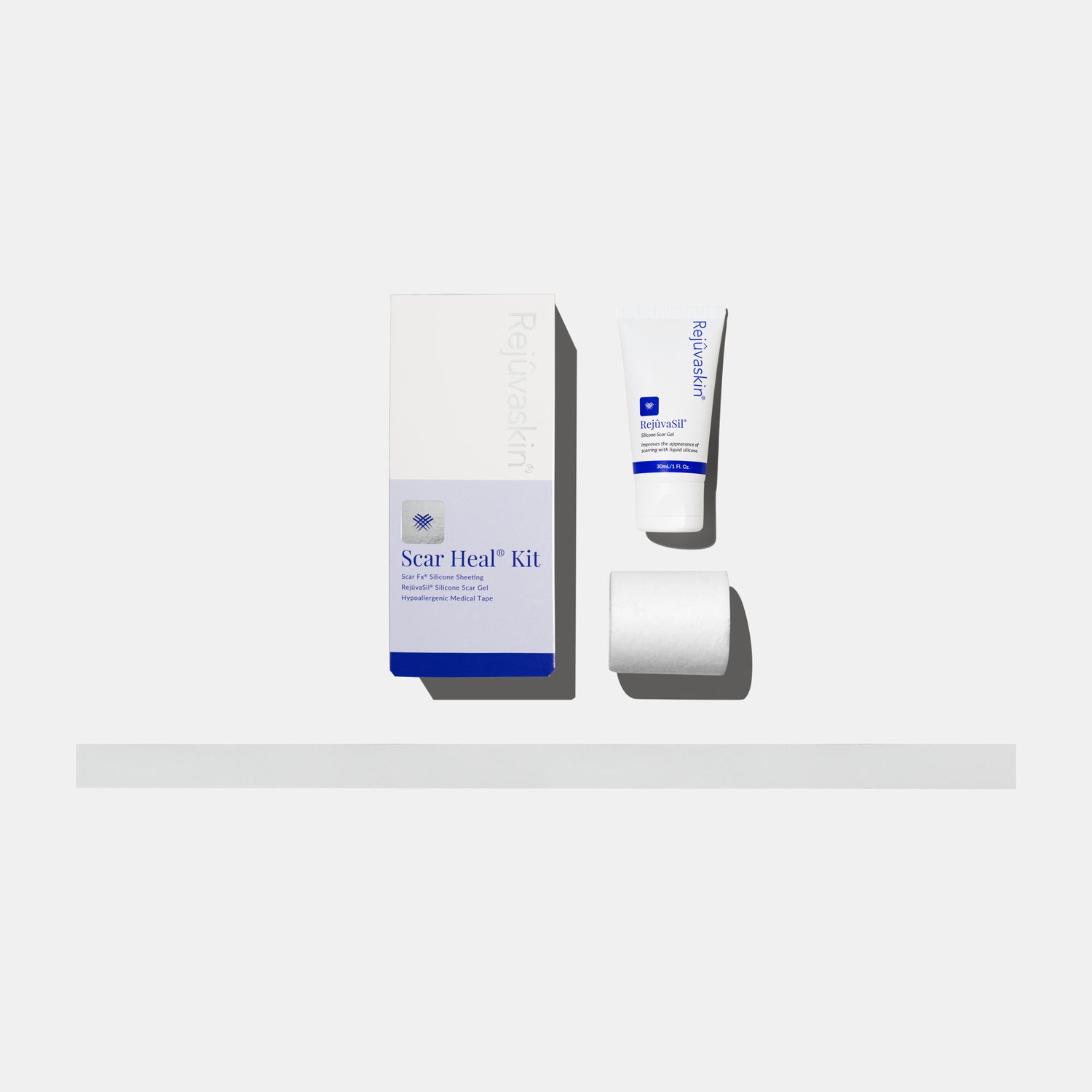
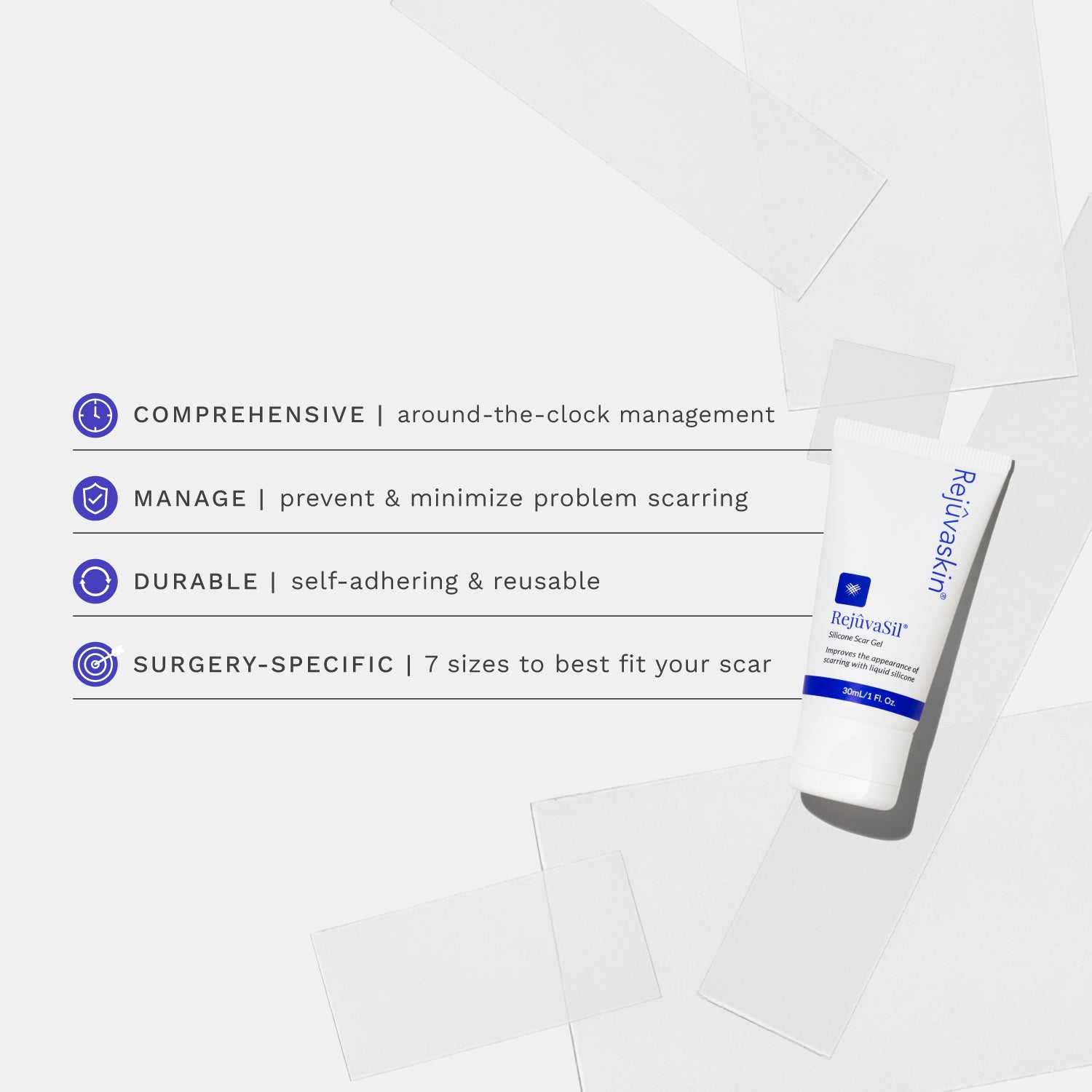
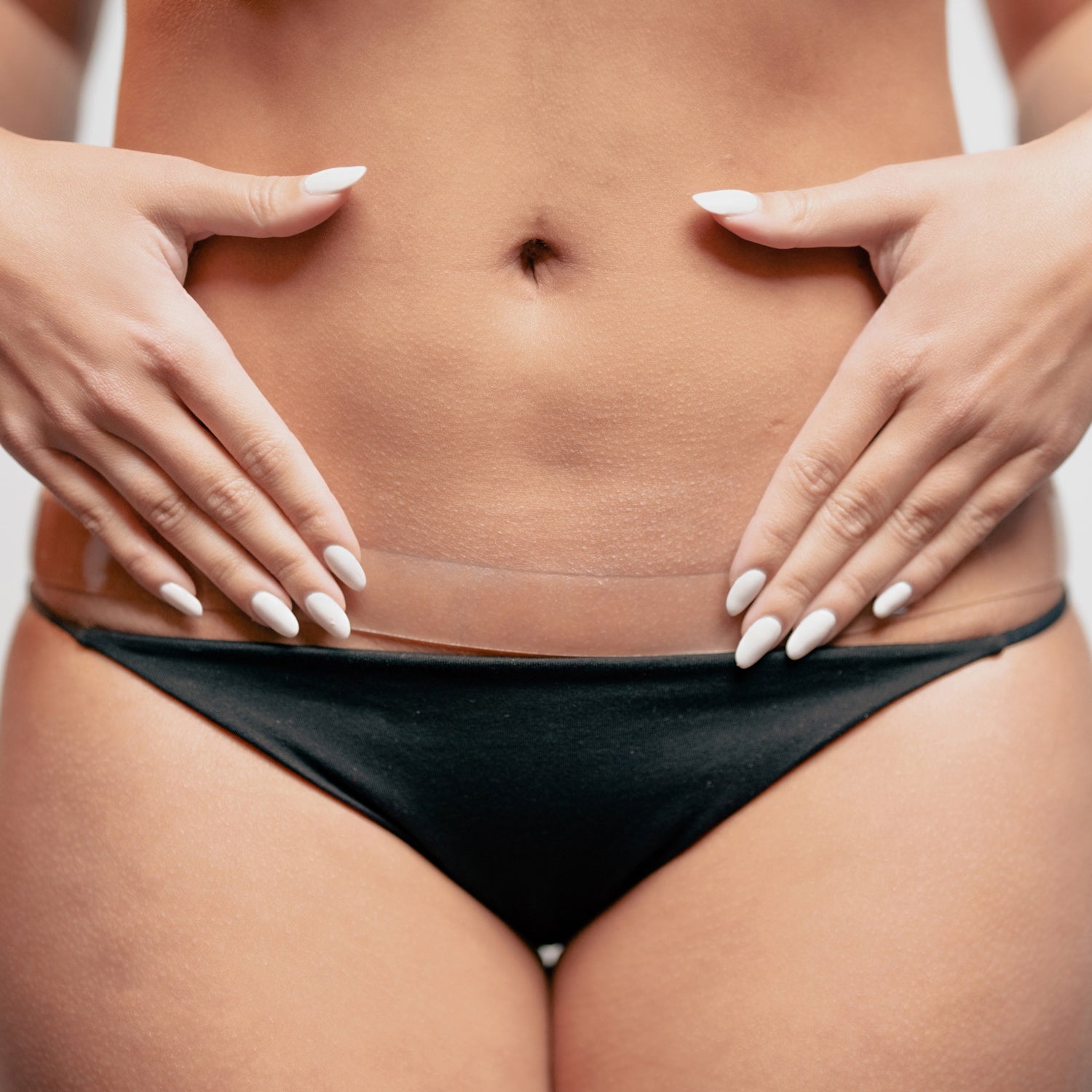
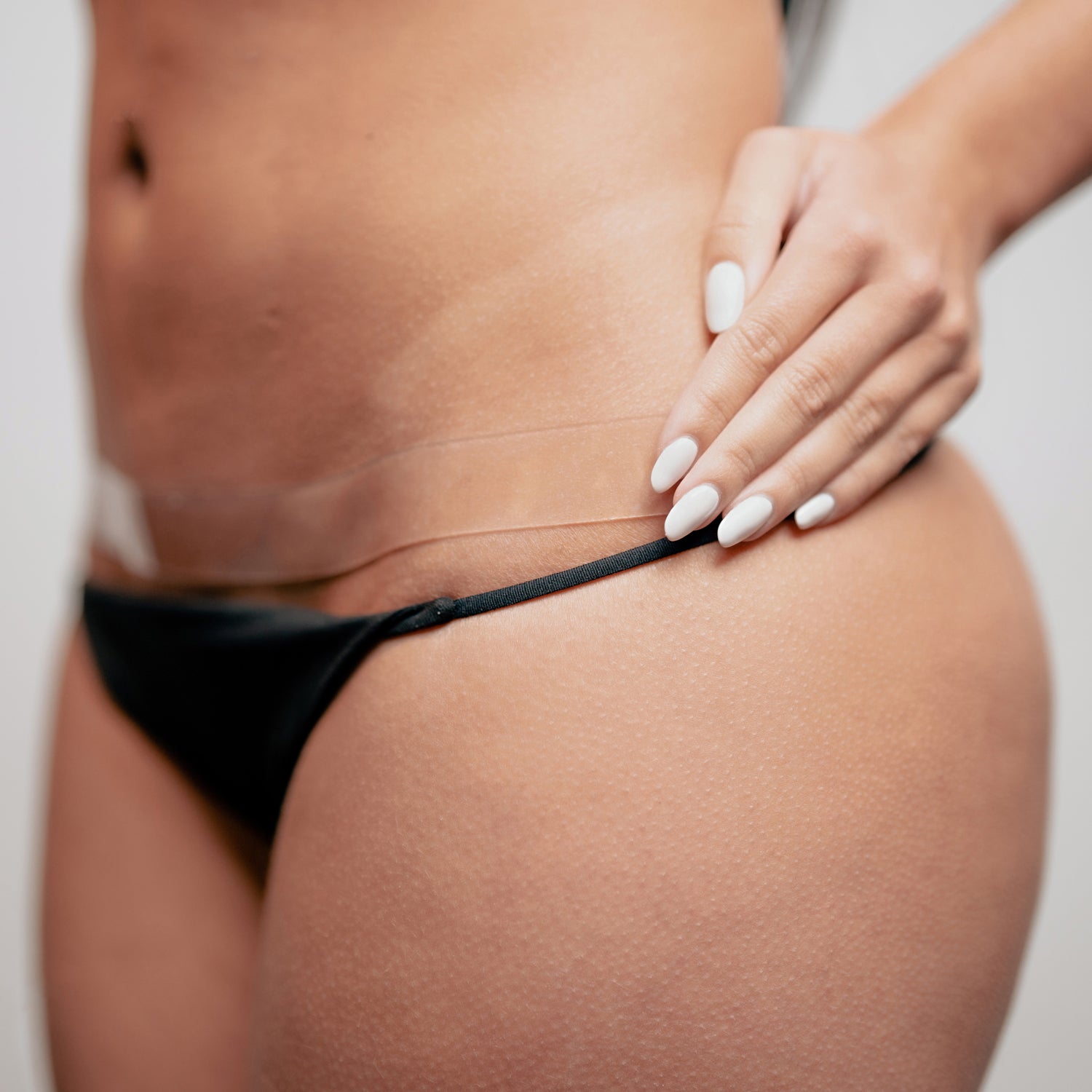

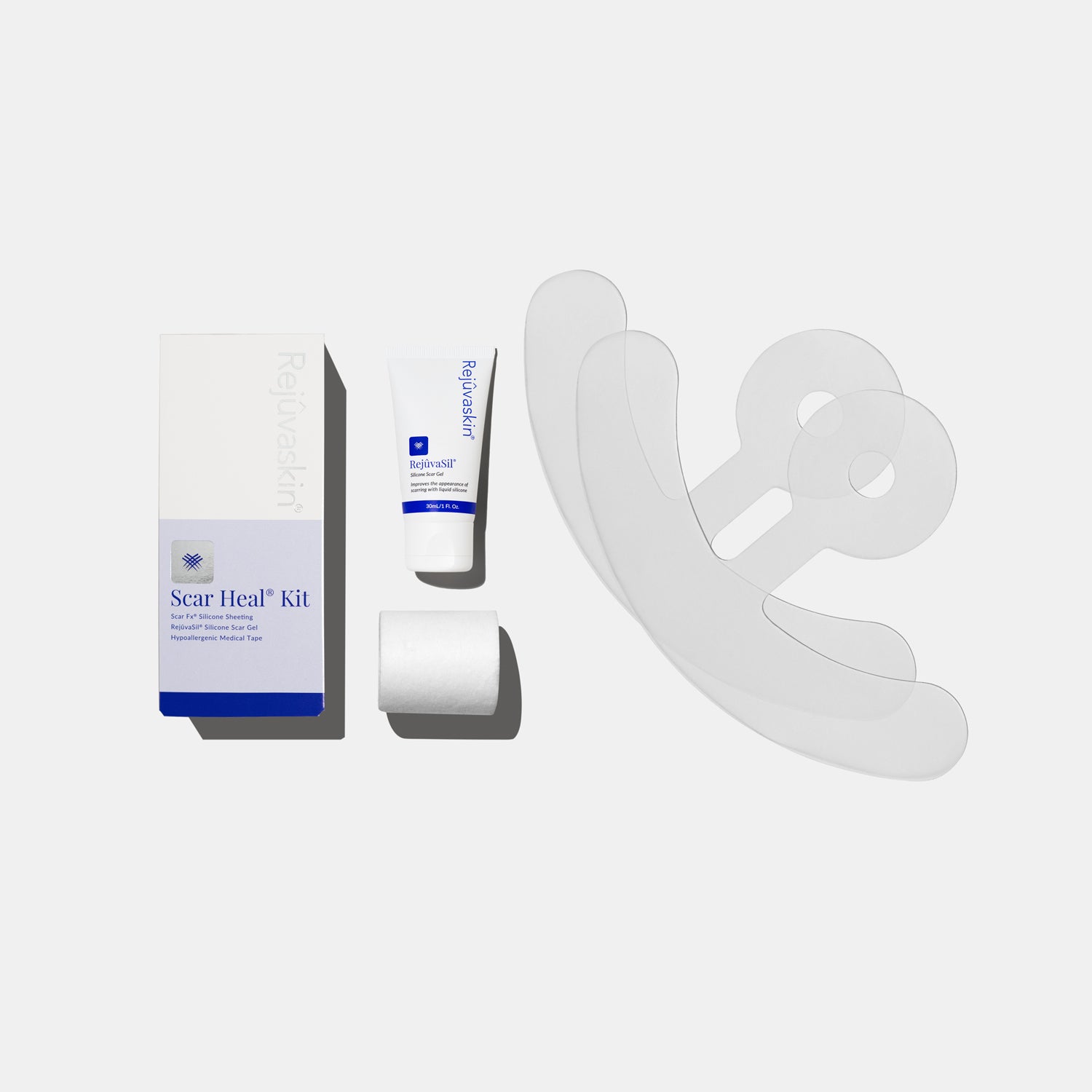
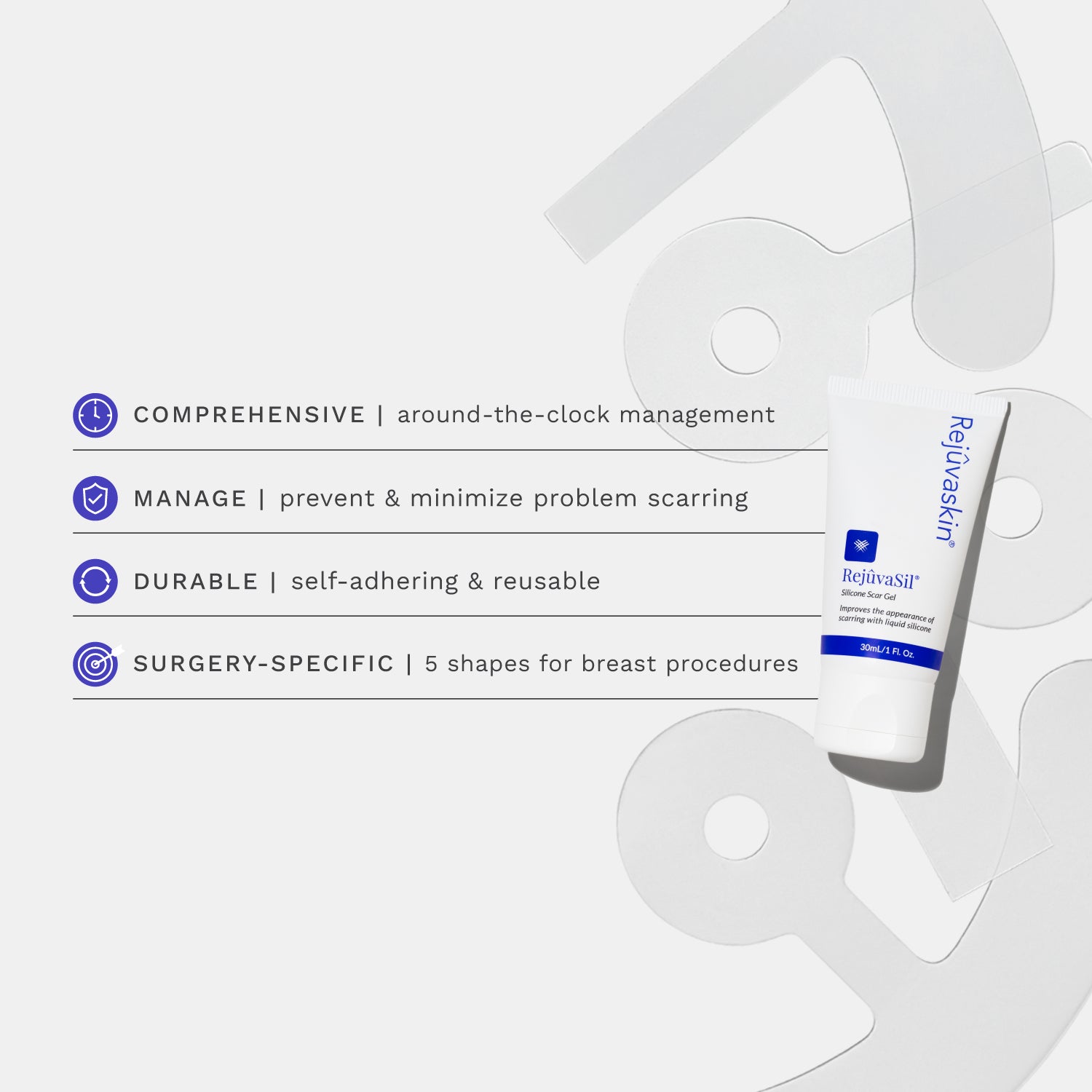
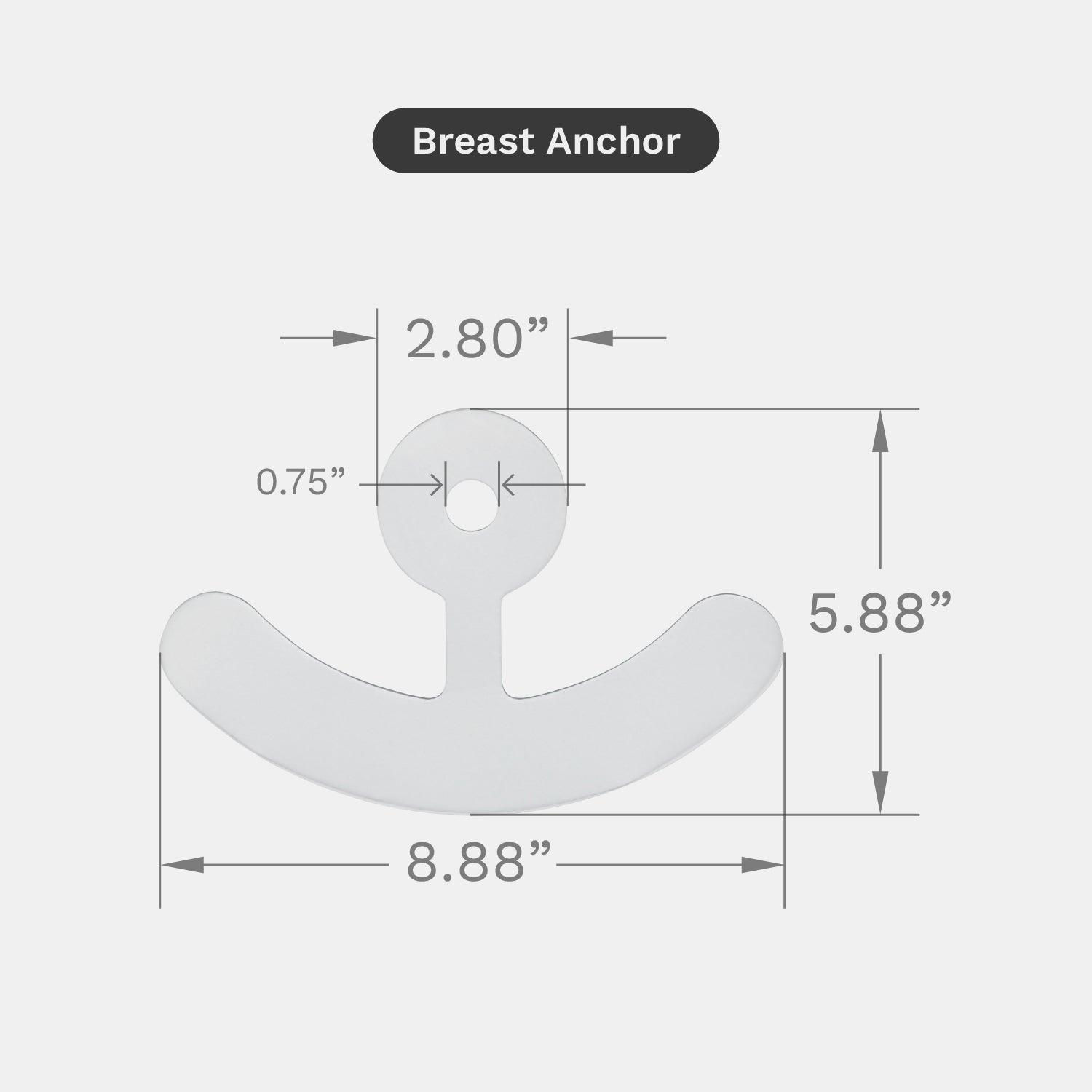
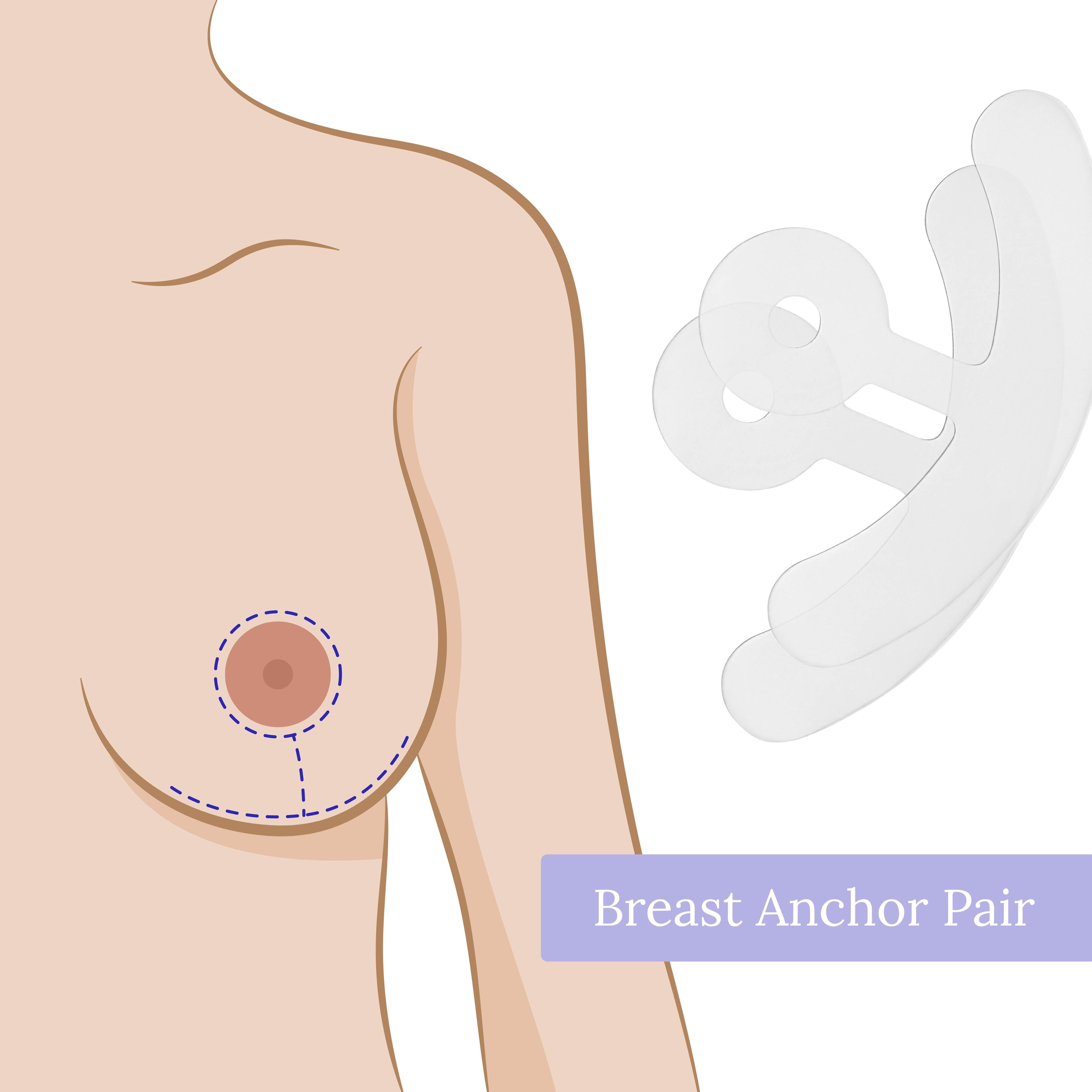
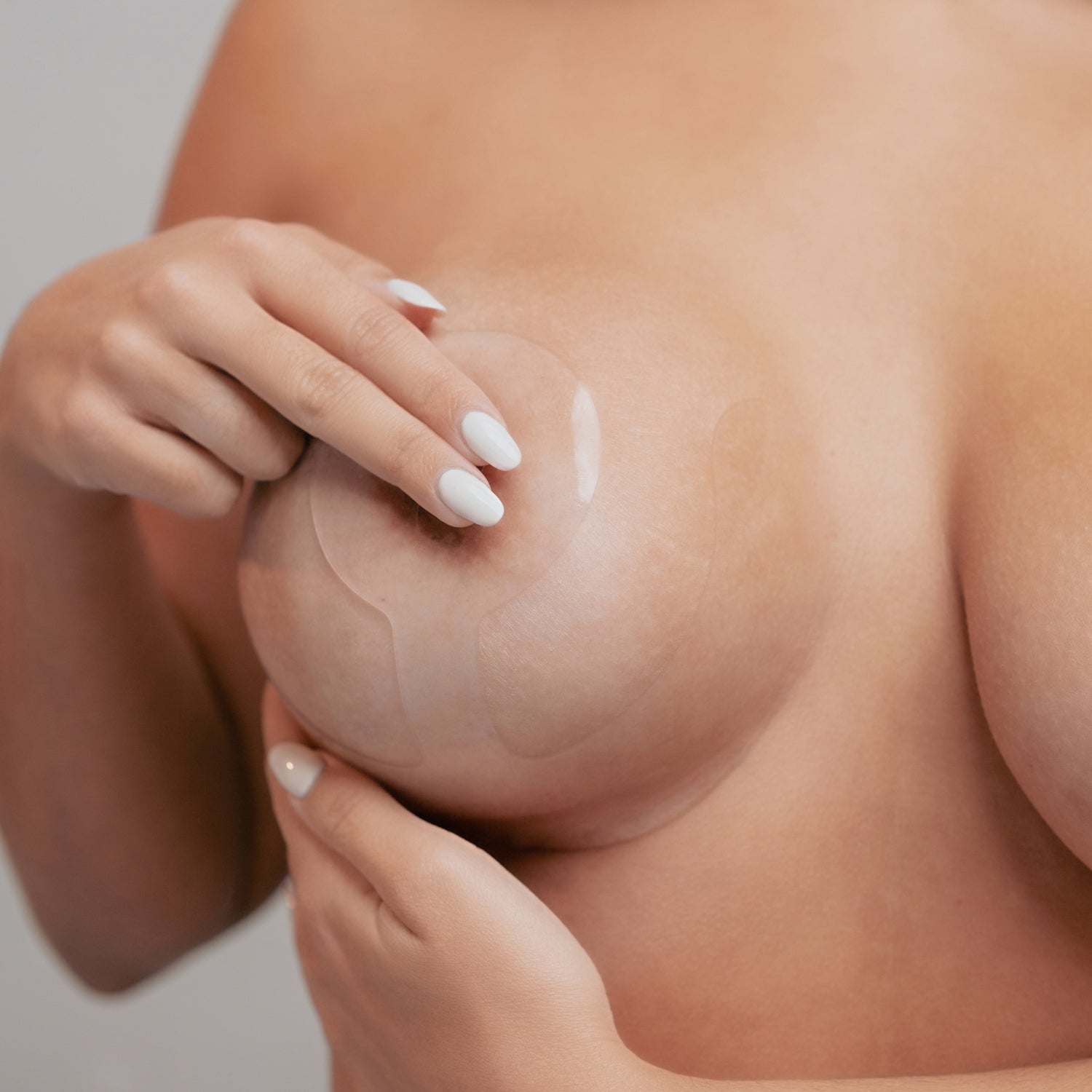





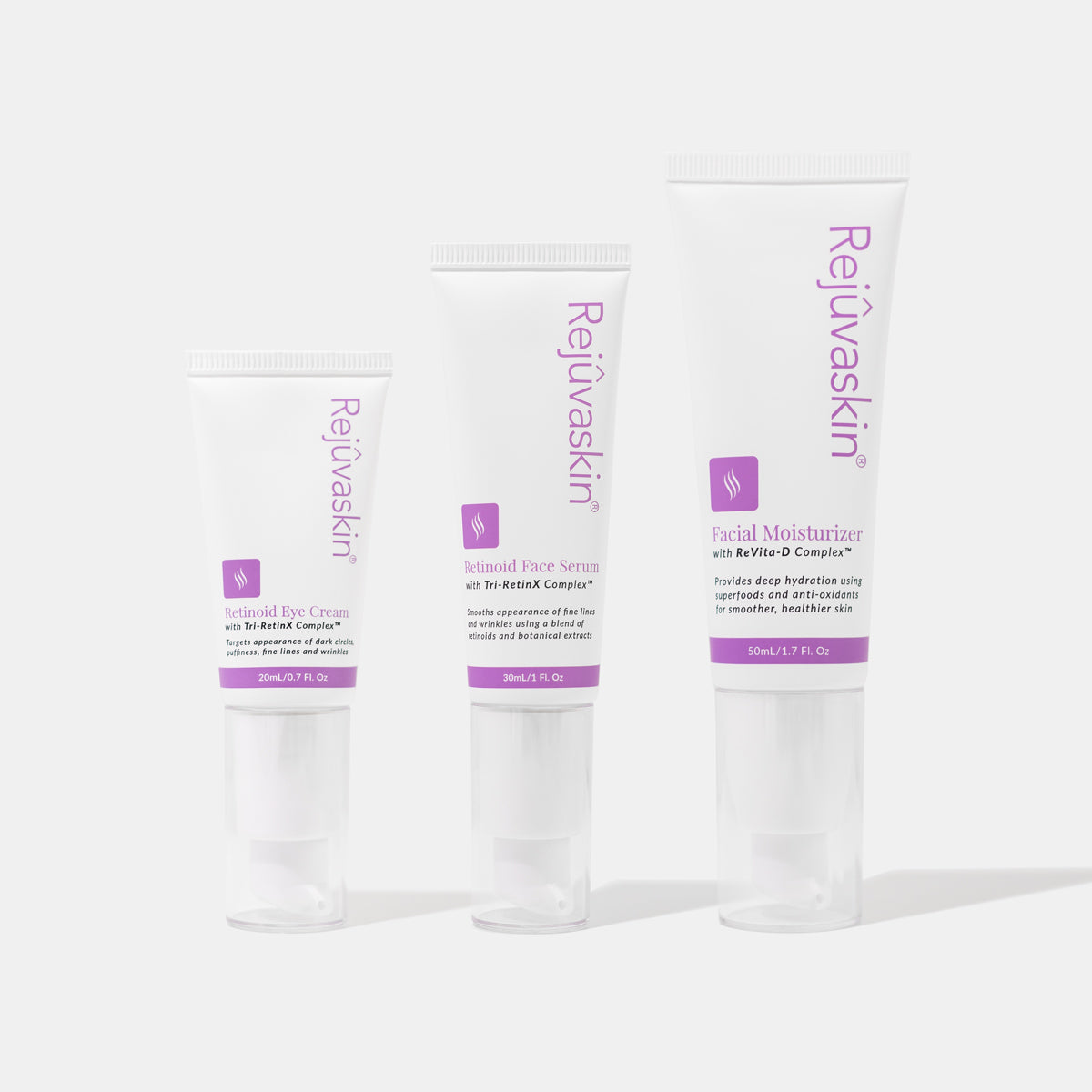
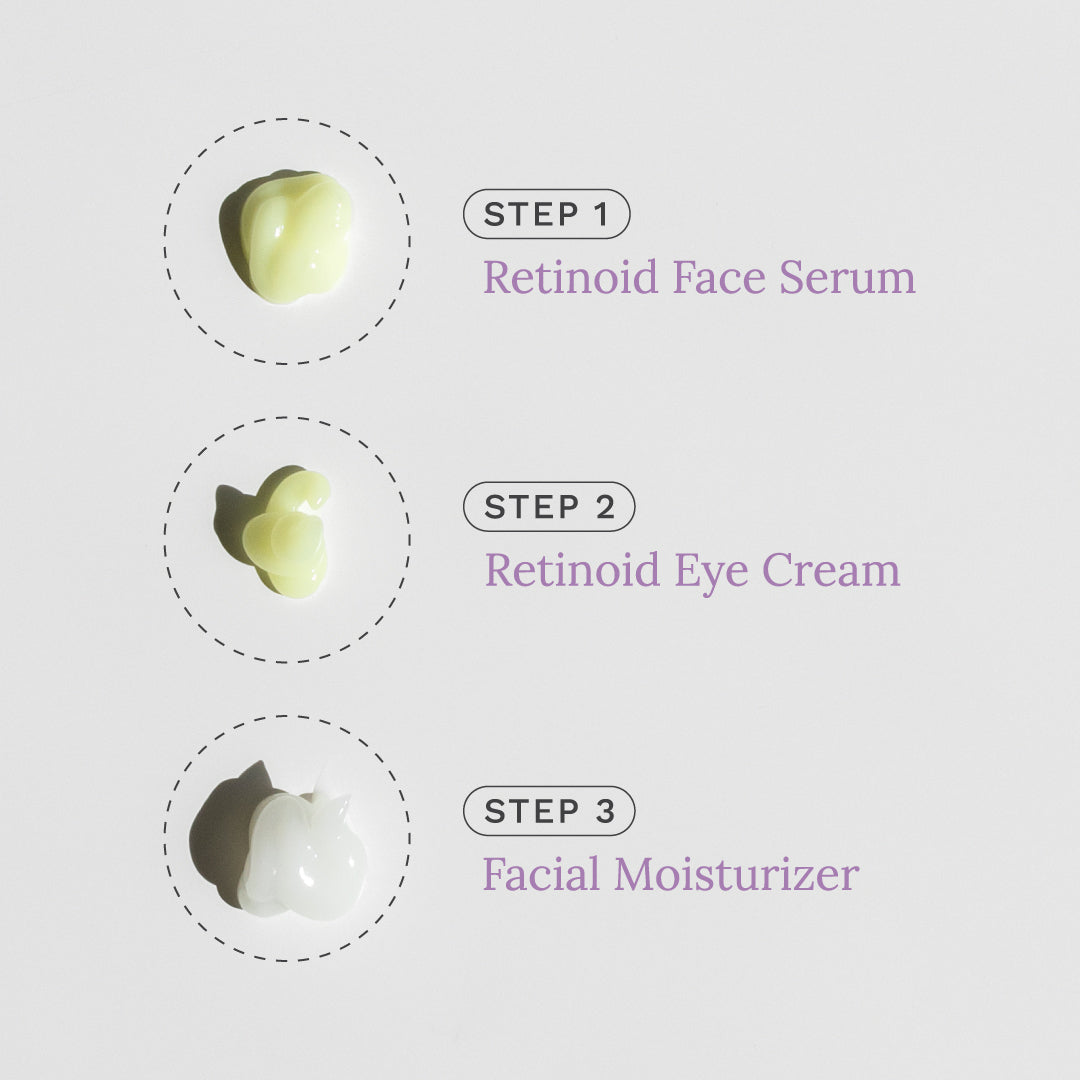
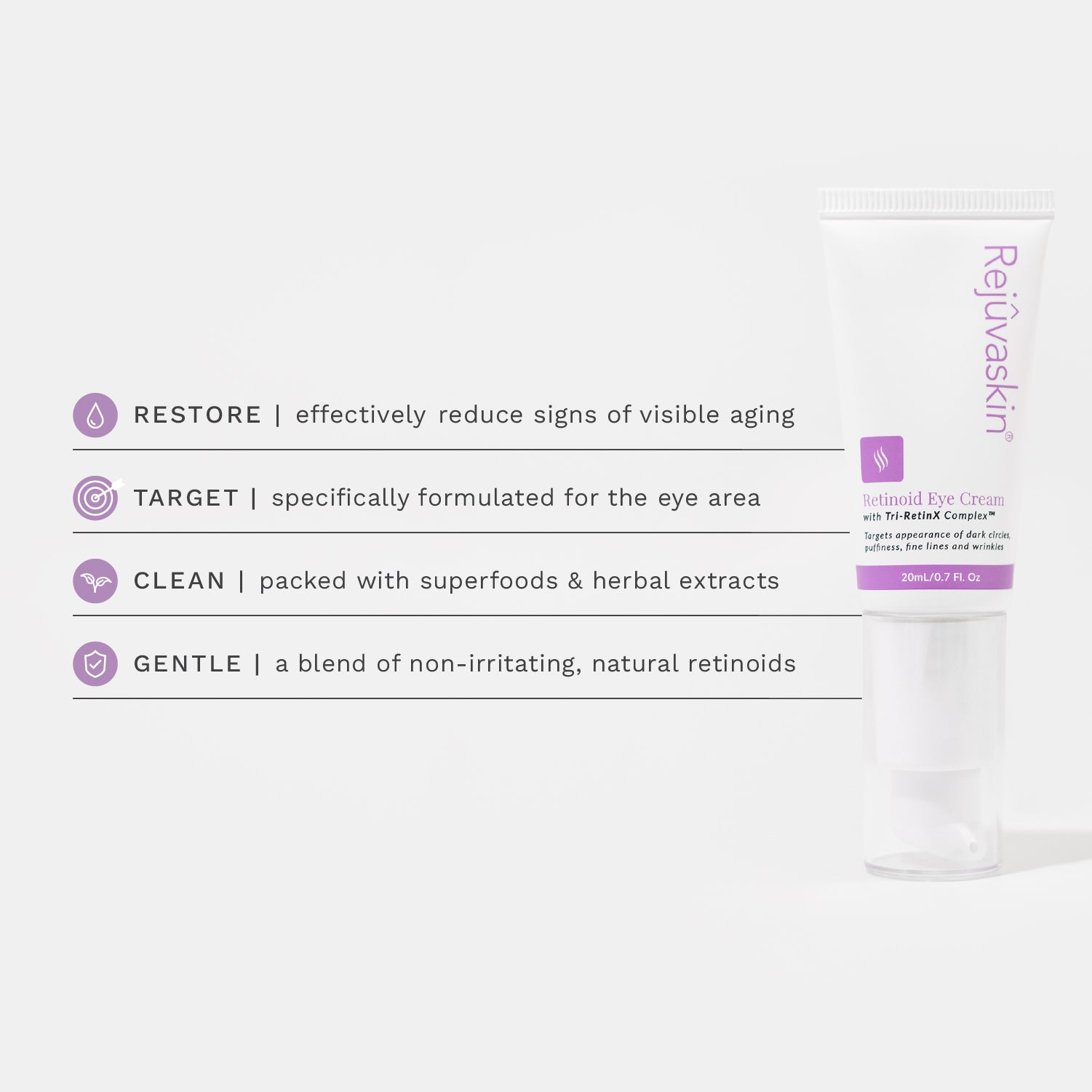
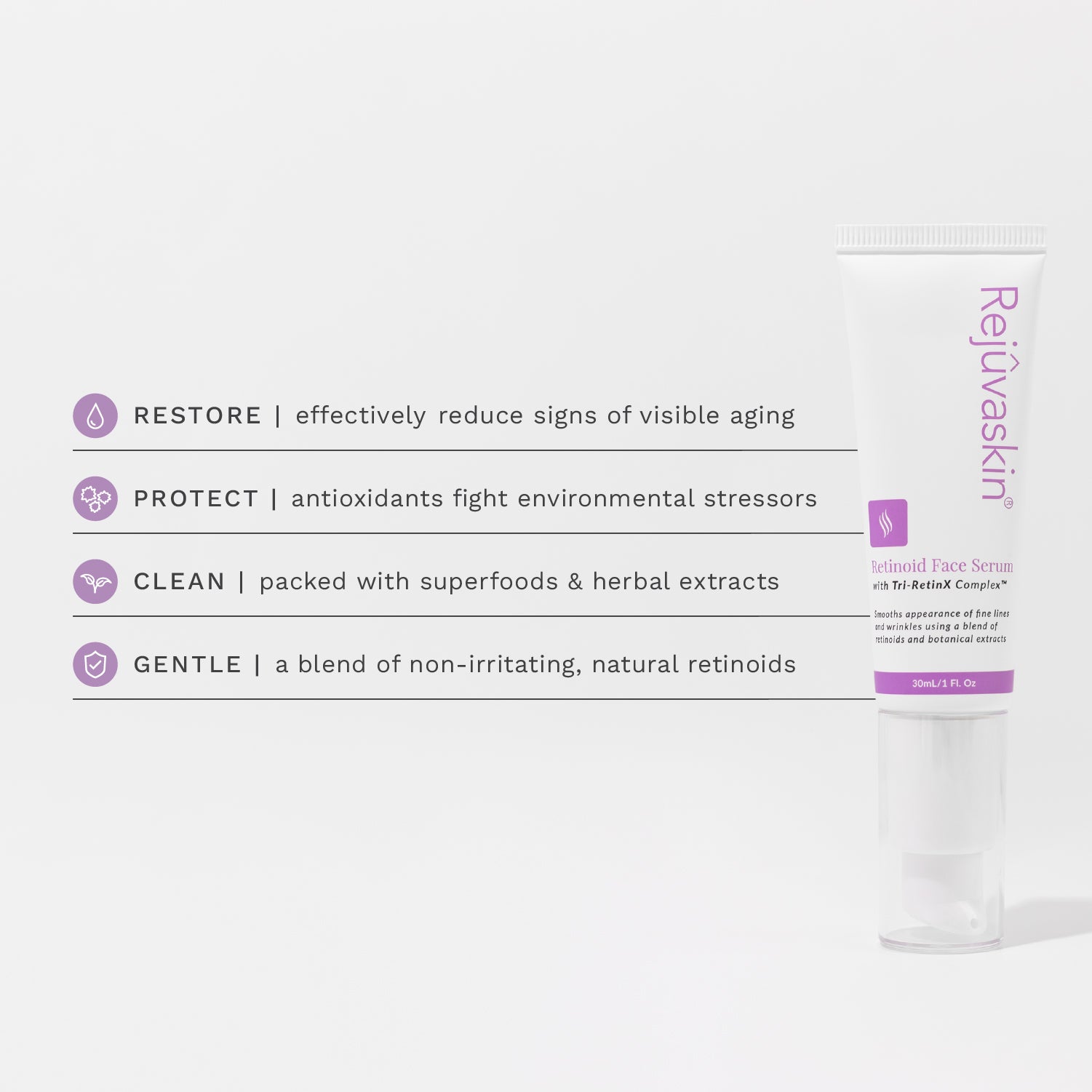



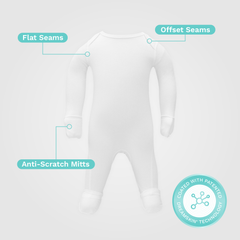
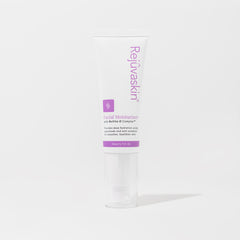

Leave a comment